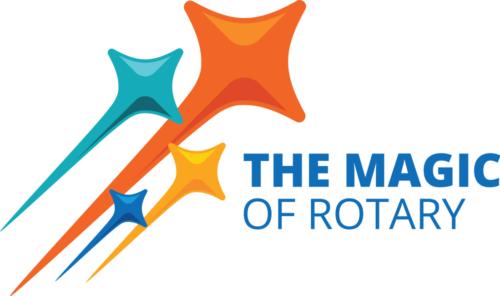Longtime member Pat Barnes, with maps, historic postcards and his award winning needle work explained what led up to the Battle of Gettysburg, what took place and the aftermath including Lincoln’s famous speech.
Part of the reason that south made as much headway in prior battles was that Robert E Lee was tactical and aggressive while northern generals were defensive. As a result Lincoln changed out his generals several times.
The south felt confident after winning the battles at Fredericksburg and Chancellorsville so General Lee decided to go north and look for a major victory to end the war. He was considering DC, Philadelphia and Harrisburg as key targets but was undecided.
Gettysburg was a small town of only 2000. Lee’s troops were moving north on a more inland track from the union army under General Hooker. He resigned, frustrated with restrictions on his autonomy as a commander. Lincoln installed General George G Meade a few days before the battle at Gettysburg.
Advance scouts came into contact from each side at Gettysburg. The confederate army heard rumor of a shoe factory or shoe supplies at Gettysburg and were investigating. Small skirmishes began between the scouting parties and gradually developed into the battle. It was not the plan of Robert E Lee who wanted to tactically take Cemetery Hill before the northern army could bring in reinforcements. He lost that opportunity and Jeb Stuart, his cavalry leader with several cavalry divisions, was out of communication during critical phases of the war. Pat explained that communication breakdowns often happened in that era due to weather, loss of direction etc.
The battle itself lasted only from July 1 through 3 in 1863 but caused 51,000 casualties, the most of any battle of the civil war. General Lee retreated and was not able to gain the upper hand for the rest of the war.
The 8000 bodies and 3000 horses had to be disposed of, an image of unheard of devastation of life that took weeks to bury and dispose of. November 19, 1863 the National Cemetery was dedicated at Gettysburg to honor the huge number of lives lost. Edward Everett was asked to be the main speaker for the event. He was highly respected – the head of Harvard and a former governor of Massachusetts. He spoke for over 2 hours without notes, as was the tradition. Lincoln presented the Gettysburg address that he had been working on for several days, 272 words that summarized the freedoms and responsibilities of the American spirit in six sentences.
The speech was short enough to be published in newspapers and eventually across the globe. It was so short in fact that the official photographer was still setting up, unable to document the event when Lincoln was finished. The speech has become the one of the most famous speeches in American history.

 Arcadia Rotary’s Installation of it’s 98th President
Arcadia Rotary’s Installation of it’s 98th President  Let’s Recap! 6/21/24
Let’s Recap! 6/21/24